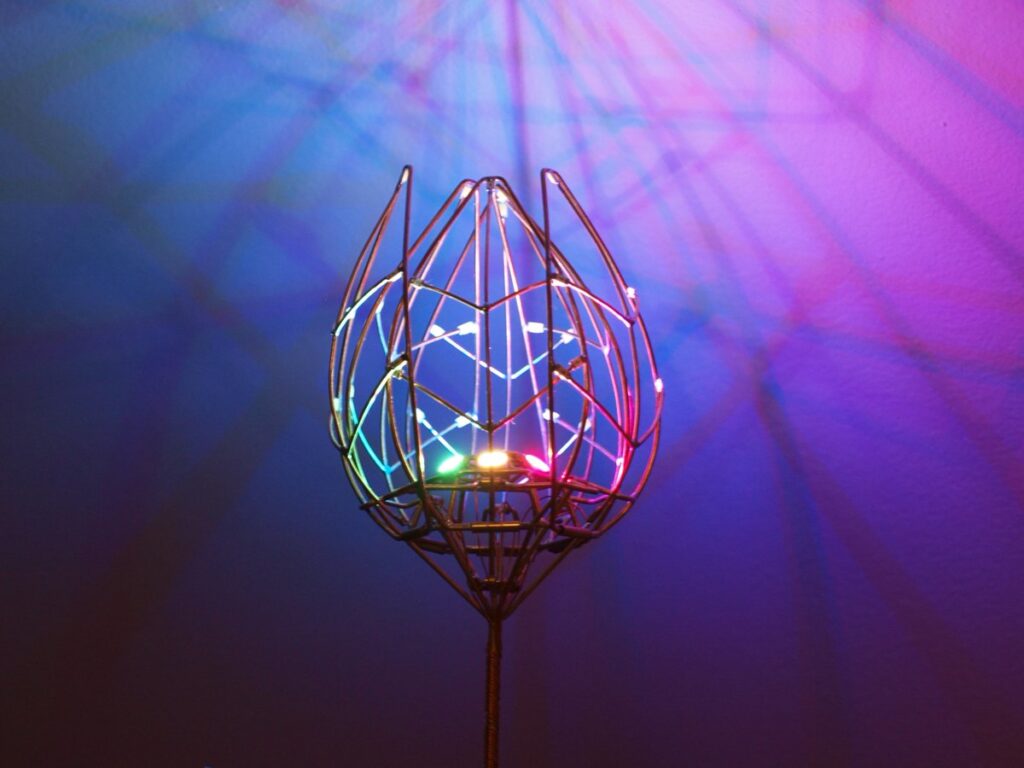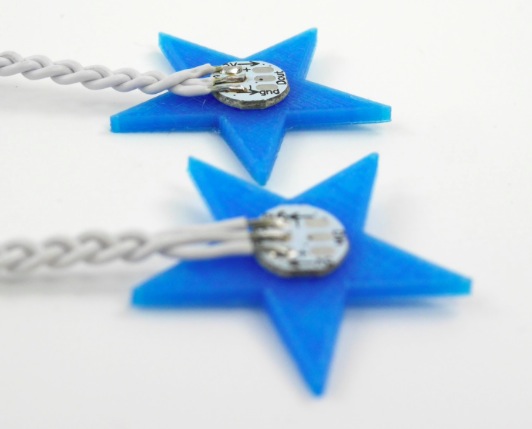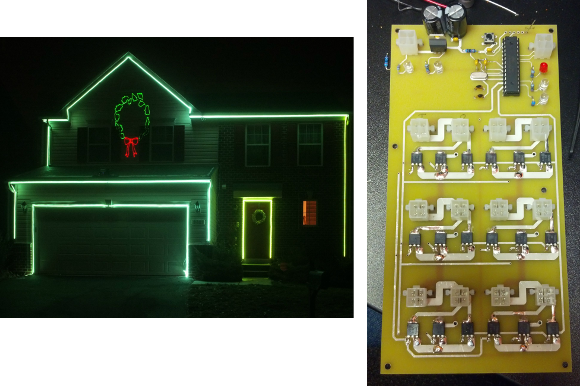Mechanical tulip is a glowing work of Valentine’s Day art
Tulips come in all shapes and sizes, but Jirí Praus has created a mechanical version like nothing you’ve ever seen. It’s masterfully crafted as a gift for his wife, using bent wire to form its six petals and stem.

In order to make this present truly amazing, however, a servo-driven linkage system opens up the tulip when touched, exposing seven programmable LEDs in the center, along with 30 bright white SMD LEDs on the petals themselves.

Control for the freeform flower is accomplished via an Arduino Nano, hidden inside its wooden base. It’s a truly spectacular build, shown below illuminating the surrounding area with a brilliant light and shadow pattern.
It’s done! Mechanical tulip as a present for my wife. When caressed it blooms into various colors. And will never fade. #freeform #jewelry #arduino pic.twitter.com/yDePeURXXd
— Ji?í Praus (@jipraus) February 12, 2019









